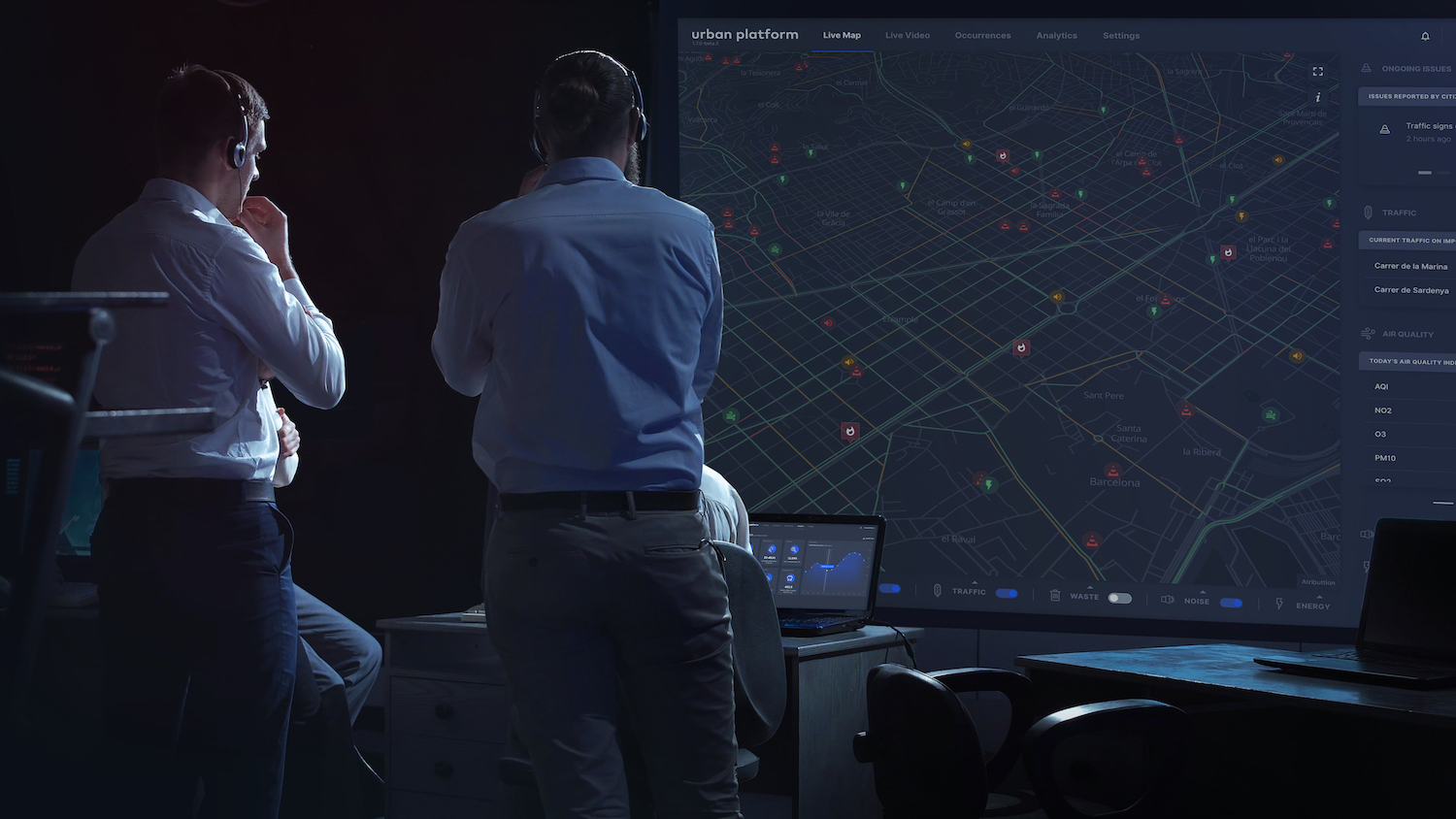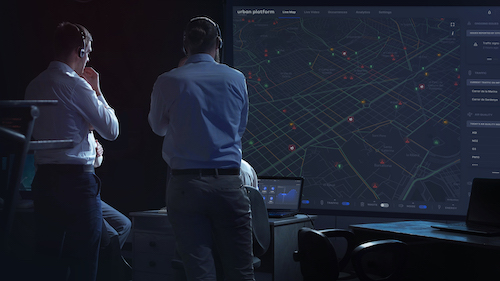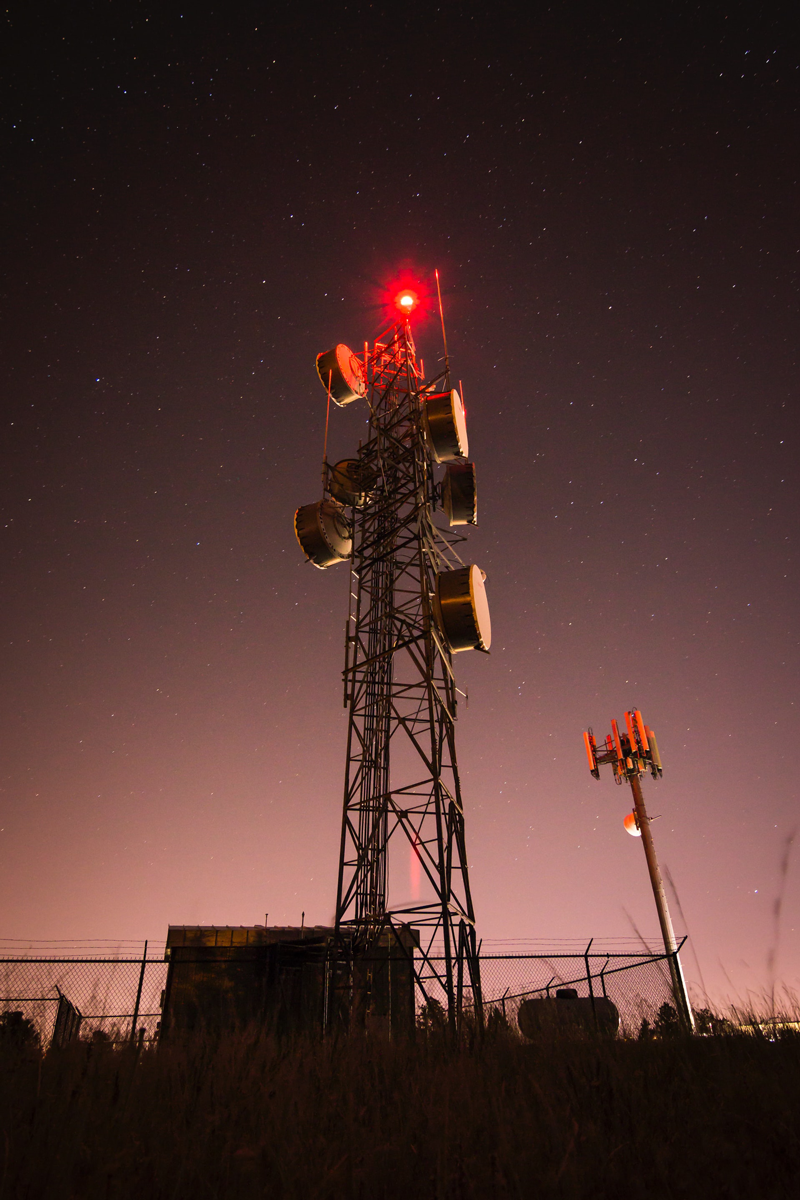THE CHALLENGE
-
Cities need strong and resilient critical infrastructure to be able to adapt to natural and man-made catastrophes, as these are dynamic and evolving realities that require systematic monitoring.
-
Cities have many sensors able to signal the existence of an irregularity: air quality stations, CCTV cameras, fire-fighting systems, e.t.c. However, without interoperability between these systems, and between them and the emergency systems, the necessary responses will not be activated to inform about the urgency of moving firefighting teams to put out the fire and paramedics to rescue the victims and take them to hospital.




